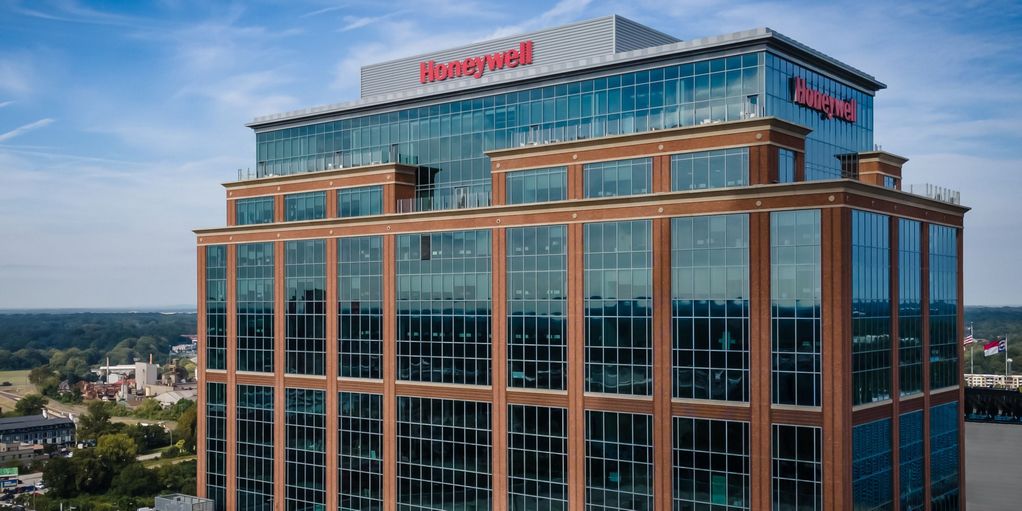Honeywell International Inc announced a new technology to produce lower-carbon aviation fuel from green hydrogen and carbon dioxide captured from industry, which can help cut greenhouse gas emissions from aviation, one of the hardest sectors to electrify and decarbonize.
Sustainable aviation fuel, or SAF, is typically made using biomass-based feedstocks such as soybean oil and used cooking oil. Honeywell’s new technology would combine green hydrogen – produced in electrolyzers from renewable energy and water – and carbon dioxide siphoned off industrial smokestacks to create lower-carbon methanol, which is then turned into fuels including SAF.
Honeywell said its process can reduce greenhouse gas emissions by 88% compared with traditional petroleum-based jet fuel. President Joe Biden’s administration has targeted 3 billion gallons (11.4 billion liters) of SAF production per year in the U.S. by 2030 as part of its efforts to fight climate change.
SAF is typically two to four times costlier than petroleum-based jet fuel.
Honeywell is one of the world’s biggest suppliers of aircraft avionics and also supplies small jet engines known as Auxiliary Power Units, used to run electrical and other systems. Its fuel technology announcement adds to a growing number of projects focused around expanding feedstocks for SAF.
It is also the latest in a series of announcements by aerospace companies trying to tackle carbon emissions from aviation, which represents some 2-3% of total emissions. Experts say radical new engine technology will not be available before next decade, meaning the near-term focus is on developing more environmentally friendly fuels.
Honeywell said energy producer HIF Global has signed on as the first company to use its new technology. HIF Global plans to deploy the technology at a facility that will recycle around 2 million tons of captured carbon dioxide to make around 11,000 bpd of SAF by 2030.
The United States produces around 24.7 billion gallons of petroleum-based jet fuel annually.
Tags: Aviation Fuel, Decarboisation, Honeywell, SAF, Technology



Recent Posts
Hygenco Commissions Maharashtra’s First Green Hydrogen and Oxygen Facility to Power STL’s Net Zero Goals
India Invites Second Round of R&D Proposals Under ₹4 Billion Green Hydrogen Mission
BMTC Adds 148 Tata Electric Buses to Bengaluru Fleet, Strengthens Green Mobility Drive
MITSUI E&S Deploys Hydrogen Fuel-Cell RTG Crane at Yokohama’s Minami Honmoku Terminal
WinGD’s first ammonia-fuelled engine installed on EXMAR vessels
DP World and Asian Terminals Inc deploy first fleet of electric internal transfer vehicles in the Philippines
Lloyd’s Register Decarbonisation Hub Joins Mærsk Mc-Kinney Møller Center as Knowledge Partner
Wärtsilä engines selected to deliver reliable power for US data center